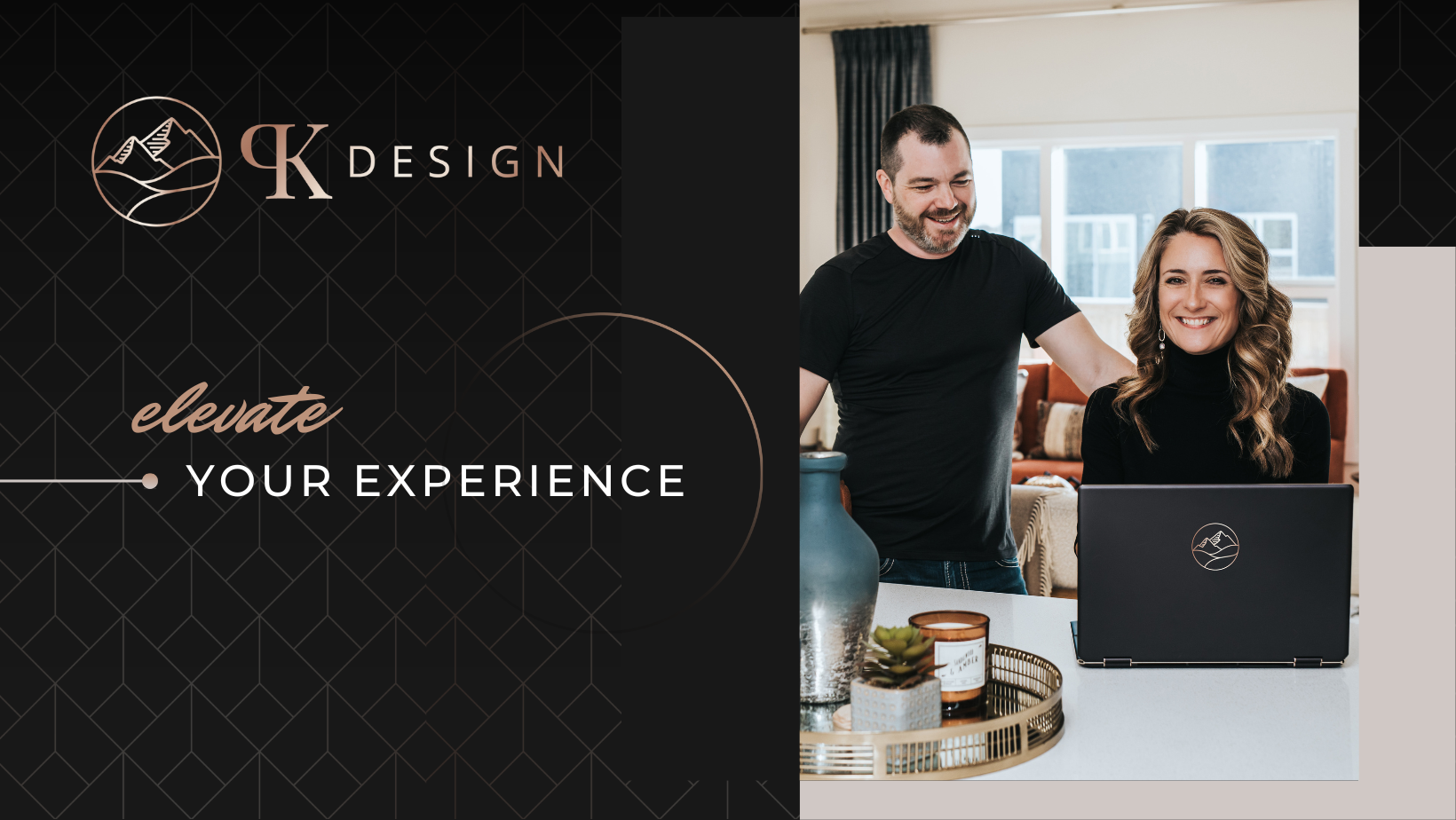Top 5 Branding Tips
Recently we became the Branding Sherpas when we wrote our first book, A Guided Journey to Elevated Branding, where we introduced our top 5 branding tips for entrepreneurs. After many years of sitting down with clients to map out their branding journey, we observed that most entrepreneurs don’t know what aspect of their branding to tackle first or where to invest professional help along the way.
Since we have figured out our own branding journey, and have helped many more along the way, we felt it was time to draw up a map to help entrepreneurs understand the process more easily.
First let’s define branding so we have a guidepost for the rest of this blog. The simplest way for us to describe it is a brand is a reputation; it’s your customer’s gut feeling about your business. Essentially this means that you do not own your brand, your customer does!
So if you don’t own your brand, what actions can you take to reach your branding goals? These top 5 branding tips will give you direct actions to help shape your brand into what you want it to be in order to grow your business and elevate your digital presence.
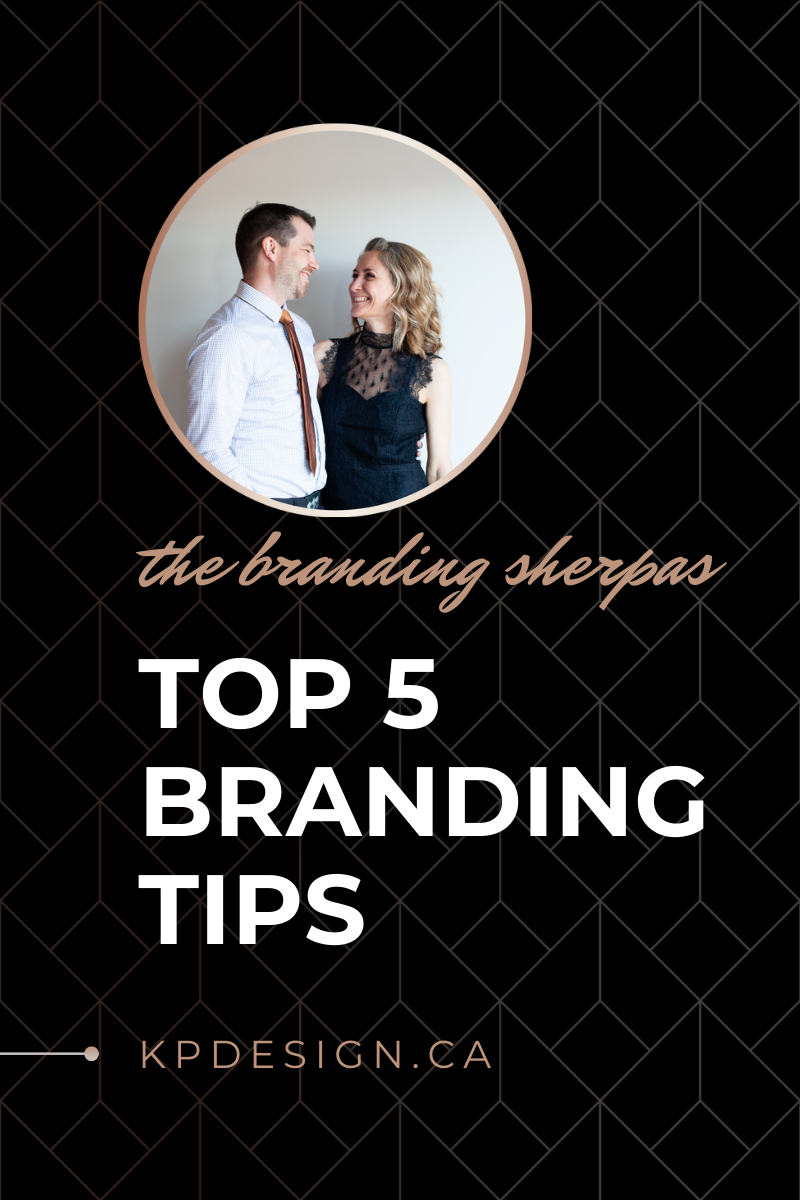
Why is brand strategy important? Since your brand lives in the minds of your audience, strategy is your plan to actively influence how people perceive your brand.
Without brand strategy, you have no way to measure whether or not your brand is moving in the right direction. Here are a few things your strategy should include:
-
Brand Values
Your brand values are a set of guiding principles that guide your decisions & actions & and how the brand behaves. One of our brand values is we challenge ourselves & our clients to think bigger!
-
The Marketplace
This is where your customers & your competitors play. Do the research on both! Who are your competitors? What customer journey do they provide? Where does your ideal client spend their money?
-
Customer Profiles
Create a profile for your ideal customers - give them a name, a photo, a story, where they hang out, etc. Once you understand your ideal customer, you can craft your brand assets to speak directly to them!
Here is an example of our customer profile template:
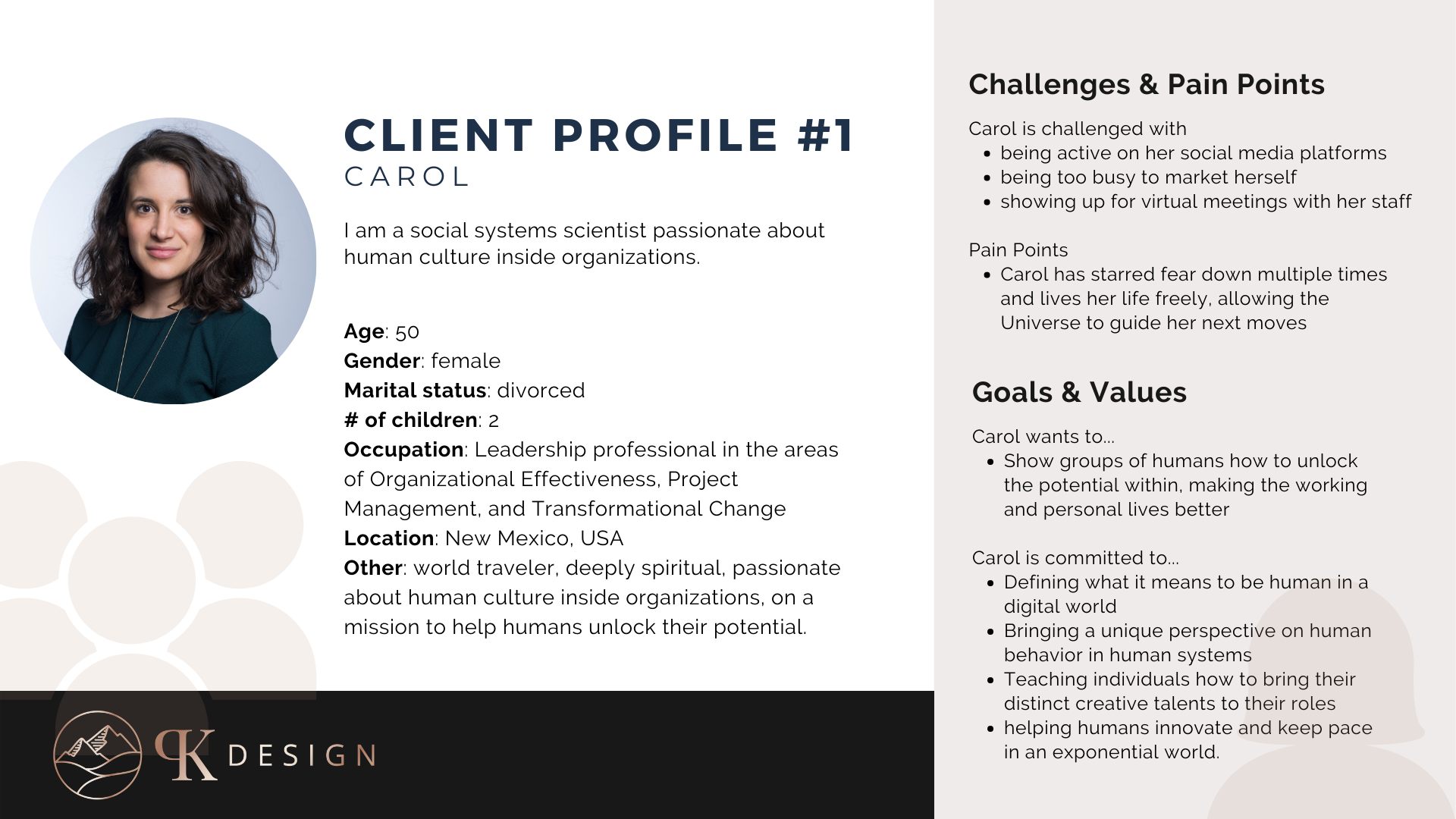
You need a way to reach and communicate with your audience, and this is it!
Your assets are a unique set of elements that make your brand more familiar and distinctive, setting you apart in the marketplace.
Sherpa Tip: in order for your brand assets to be an “asset”, they have to connect an audience to your brand.
Your branding assets can include:
- Logo
- Sub-logos (for use on different platforms)
- Tagline
- Color palette
- Typography
- Supporting graphics
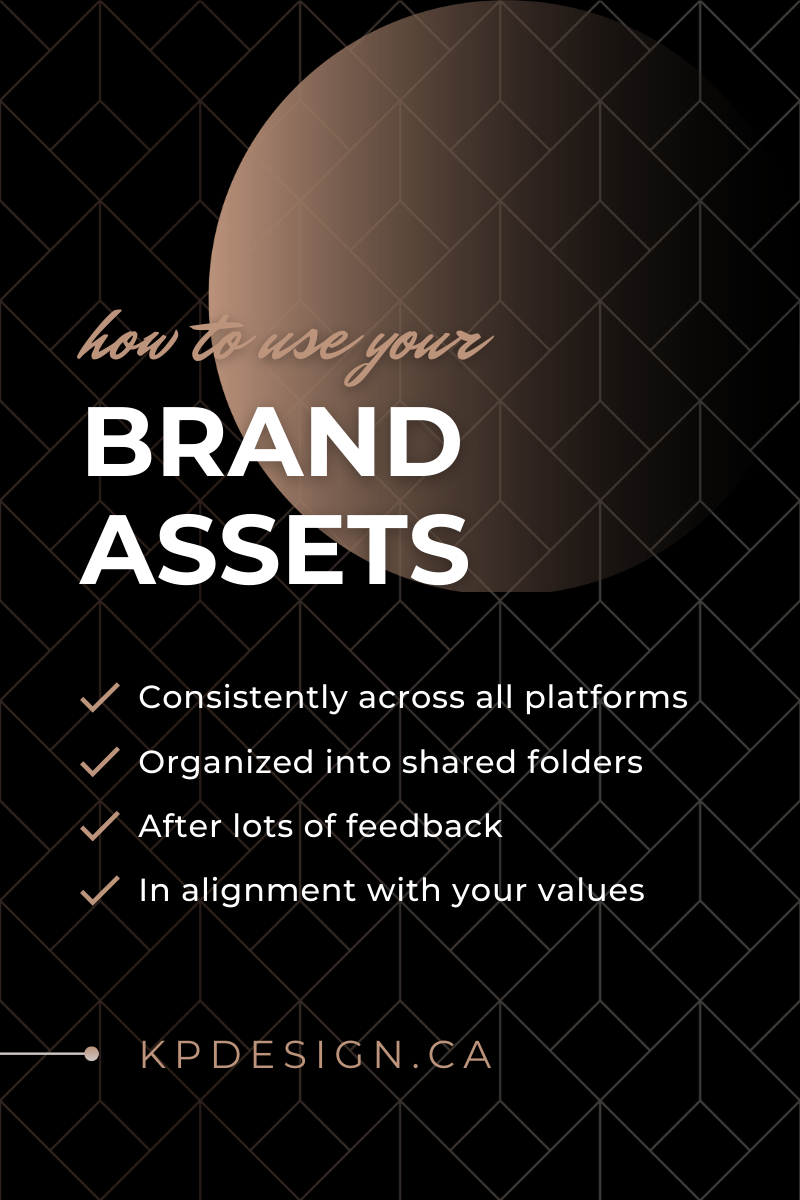
There are a lot of choices out there when it comes to tackling your website project. Should you attempt to DIY (if you choose to do this, read our blog on 5 Things You Should Know About Website DIY)? Do you use a web building platform? How do you choose a web design agency? How will you maintain your website?
The best advice we can give to achieve an elevated brand is to do your research and then hire a professional. Your website has a lot of jobs to do and as a major touchpoint into your business, you want it running optimally with a smooth user experience. Your website has to:
- Bring you leads by getting in front of the right people
- Take care of inquiries about your products/services
- Showcase your product/services in an attractive, easy-to-find way
A professional web designer will use your brand strategy and assets to create a strong user experience based on your target audience, turning users into customers.
Benefits of a Professional Website
-
More Money
A professional site keeps users engaged longer which increases the odds of conversion. Your professionalism also means you can charge more for your services.
-
Credibility
Professional design + a strategic user experience + a clear call to action = dedication and commitment to your business, making the user feel more comfortable to purchase your offerings.
-
Better Rankings
As users interact with your site based on your SEO setup, your page will show up more frequently in searches.
Your Long-term Strategy
Let’s start with defining SEO (Search Engine Optimization): it’s the practice of increasing the quantity and quality of traffic to your website through organic search results (organic means you are not paying to be found). Let’s break it down.
Search Engine: you enter a search into Google, a bot goes out into the world wide web and returns with relevant websites to your search.
Optimization: techniques to help the bot find your webpages.
Benefits of SEO include:
-
Increased Visibility
Knowing how to make your content visible and readable so you show up in search results.
-
Better Experience
SEO organizes content strategically on your site into an easy-to-navigate experience through the use of properly placed and tagged headings, images and videos.
-
Brand Recognition
Properly set up SEO boosts your chances of ranking higher in a Google search, getting your brand in front of your ideal customers over and over.
Your Short-term Strategy
There are many options for advertising online, Facebook, Instagram, LinkedIn, YouTube, and Google. Google Ads are the most profitable option, though in some cases depending on the campaign type that you require, a social media ad may be more appropriate.
A lot of entrepreneurs have attempted to DIY Google Ads and have come away with a bad experience. Hiring a Google Ad Manager is a good idea and will save you time and money in the end.
Benefits of Using Google Ads include:
-
Lead Generation
If set up properly, your campaign can send extremely targeted leads to your website or phone number.
-
Flexible Marketing
Google ads are highly customizable, allowing you to target by location, gender, age, type of device being used, etc. You have full control over the cost.
-
High Return on Investment
You only pay for ads people click on and when set up correctly, the majority of clicks are interested customers.

